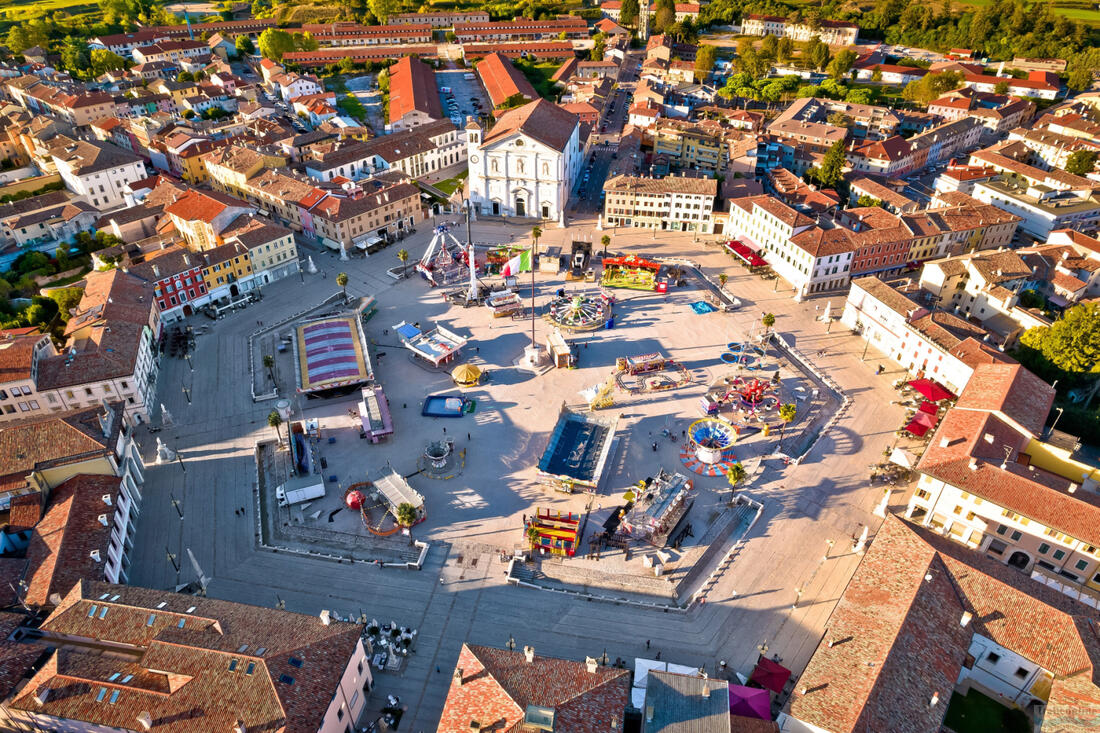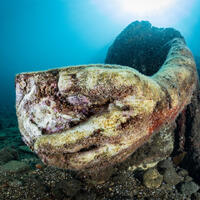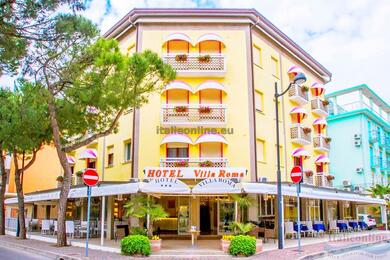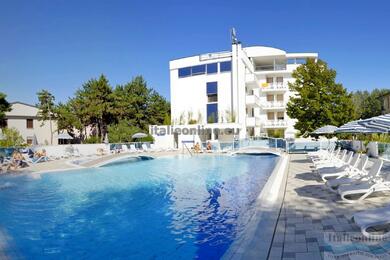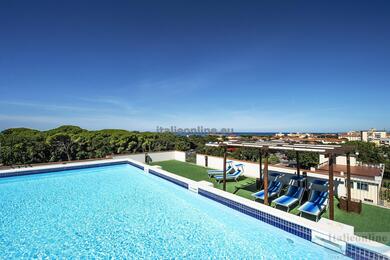Palmanova is located in northern Italy, in the Friuli Venezia Giulia region. It's easy to get here from Lignano Sabbiadoro or Bibione in about 40 minutes by car, and from Caorle in under an hour. Palmanova may remind you of the Czech Terezín. It is also an enclosed fortress town. It began to emerge during the reign of Austrian Emperor Rudolf II at the end of the 16th century, originally as a fortress against attacks by the Turks. The foundation stone is said to have been laid on October 7, 1593, the feast of the patron saint, Saint Justine of Padua, and the anniversary of the Battle of Lepanto. It was built in stages. The last modifications were made during the Napoleonic Wars, when the older fortifications were modernized by building shelters into the bastions (the part of the fortifications protruding outside the wall itself, on which riflemen and cannons are concentrated), large barracks were built and most of the underground passages were constructed, some of which can still be visited today.


The city was built on dazzling white marble and its streets and houses are arranged according to precise geometric structures. The fortress was designed by Vincenzo Scamozzi and is characterised by an absolutely symmetrical plan, which was fully respected by all subsequent building phases. Therefore, all the elements of the fortress are always nine. From above, you can see the regular nine-pointed star made of walls, moat and bastions. The main moat was able to be flooded with water from the Roggia di Palma canal, which stretches several tens of kilometres from the weir on the Torre River.
Today, Palmanova is in a very good condition. The fortress has three monumental gates that allow entry into the city: Porta Udine, Porta Cividale and Porta Aquileia. At the southern gate of Porta Aquileia there is a small military museum, mainly dedicated to the Italian troops that served in the city.
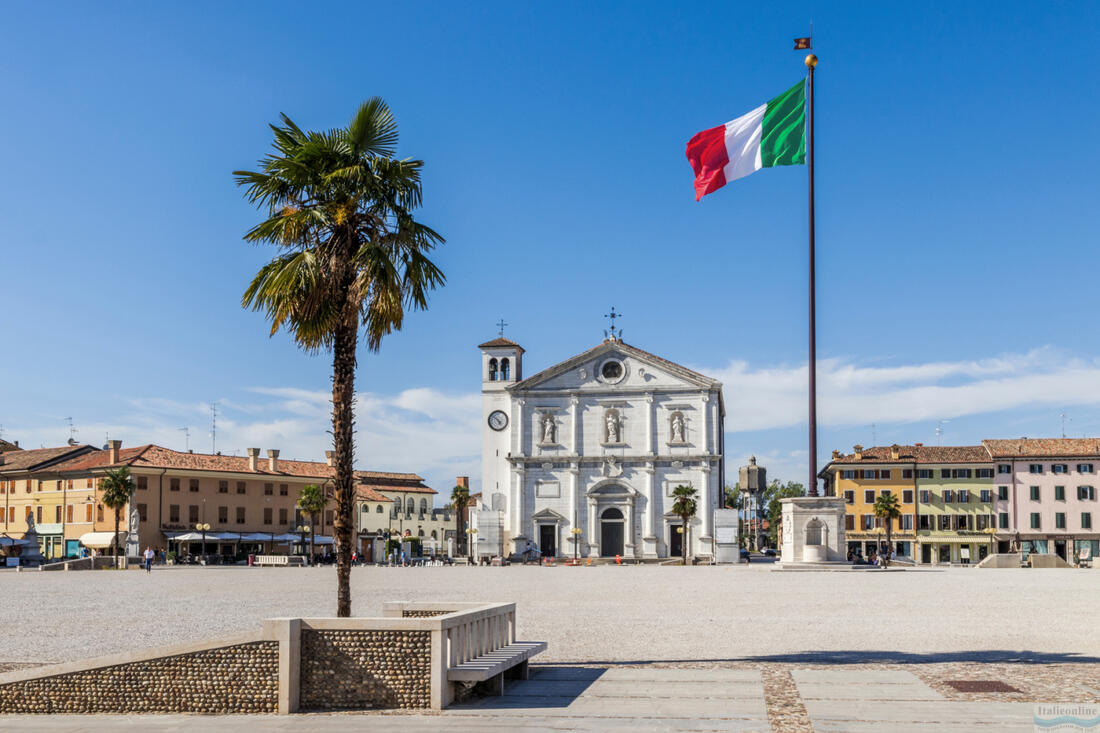

In the centre of Palmanova is the Piazza Grande, which is shaped like a regular hexagon. The entire square is surrounded by eleven statues, each representing one of the general guards of the fortress. In the middle of the square stands a tall flagpole with the Italian flag as a symbol of the city. Also here you will find the Doge's Cathedral (Duomo Dogale) with its impressive bell tower. There are also models of the machines used in the construction of the fortress.
You can walk around the fortress on marked trails or cycle around it. The route is approximately 7 km long. The circuit between the two gates takes about 60 minutes on foot (a slow walk in the grass). Inside the fortress you will find both children's playgrounds (on Via Molin with unusual play elements) and of course cafes or restaurants. If you go to Palmanova on the second Sunday in July, you can experience the historical evocation for yourself. Finally , on October 7, there is a fair in the fortress with various food and wine stalls and craft markets. All this to mark the founding of the town and the celebration of the town's patron saint, Saint Justina (Santa Giustina Fair).
Did you know?
- since 2018, Palmanova has become part of the circuit of the Most Beautiful Villages in Italy (I Borghi più belli d'Italia)
- just a few kilometres from Palmanova you will find the ancient Roman town of Aquileia, which is also worth a visit
